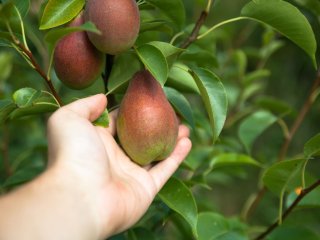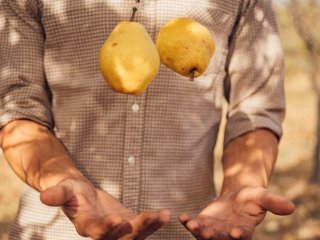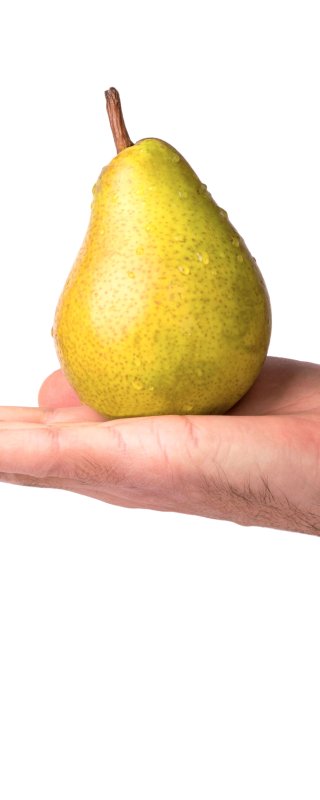
Handling pears
Fruit, vegetables and flowers are living and sensitive products. When working with fresh products like pears, it is essential to realise the importance of handling products with care. This prevents food and quality losses and profit losses.

Handle with care
Attention points in the chain
- Unfortunately, your cookie settings do not allow videos to be displayed. - check your settings
"Poor handling of pears during harvest is not always directly visible on the fruit, but after months of storage it may result in losses of 5-10%"
Related technologies and daily practices
Are you planning to do other activities with pears?
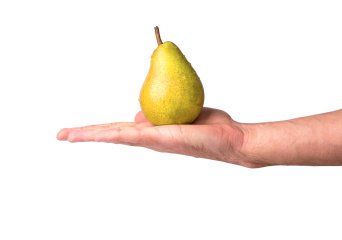
Handling pears
Fruit, vegetables and flowers are living and sensitive products. When working with fresh products like pears, it is essential to realise the importance of handling products with care. This prevents food and quality losses and profit losses.
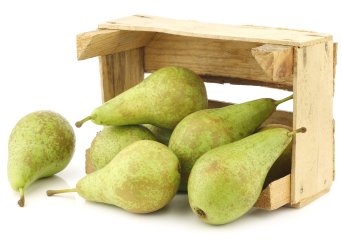
Packing and stacking of pears
Pears are packed in all types of packaging. Crates, cartons, trays, bags and punnets are convenient containers for handling, transport and marketing. Careful packing is important when working with fresh produce, to avoid damages. The packaging is designed to protect the produce from mechanical damage, but is only effective when used correctly. When stacking the packages on a pallet, the risk of falling should be minimized. It must be done in such a way the packages provide each other stability. Completed pallets should be strapped well so that the contents cannot shift or fall.

Temperature management pears
An optimal temperature is mostly the first requirement to maintain a good quality of horticultural produce after harvest. Refrigeration is an effective method of preserving the quality of pears. Cooler temperatures extend the storage life by, among other things, reducing respiration, water loss, colour change, and decay. The produce should however not be stored below their critical temperature, as chilling injury may then occur. This would result in risks on various quality problems such as weakened tissue leading to discoloration and increased risk of decay. The optimum temperature varies per commodity and should be controlled throughout the whole fresh supply chain.
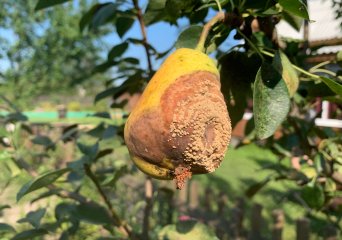
Pear disorders and diseases
Good quality pears are free from diseases and disorders! Customers will not buy fruit with rots or with damaged skin. But also fruit that looks good on the outside but is brown or soft inside will not lead to happy customers. There are dozens of different diseases and disorders and these are not always easy to recognize. However, a good diagnosis is important. By recognizing the symptoms of a disease or disorder, it can be linked to the cause. If you know the cause, you know what measures can be taken to prevent the disease or disorder in the future.

Research insights for postharvest management of pears
In our applied research, we study postharvest management of many fresh products. On this page, some results from our research relevant for pears are listed.
